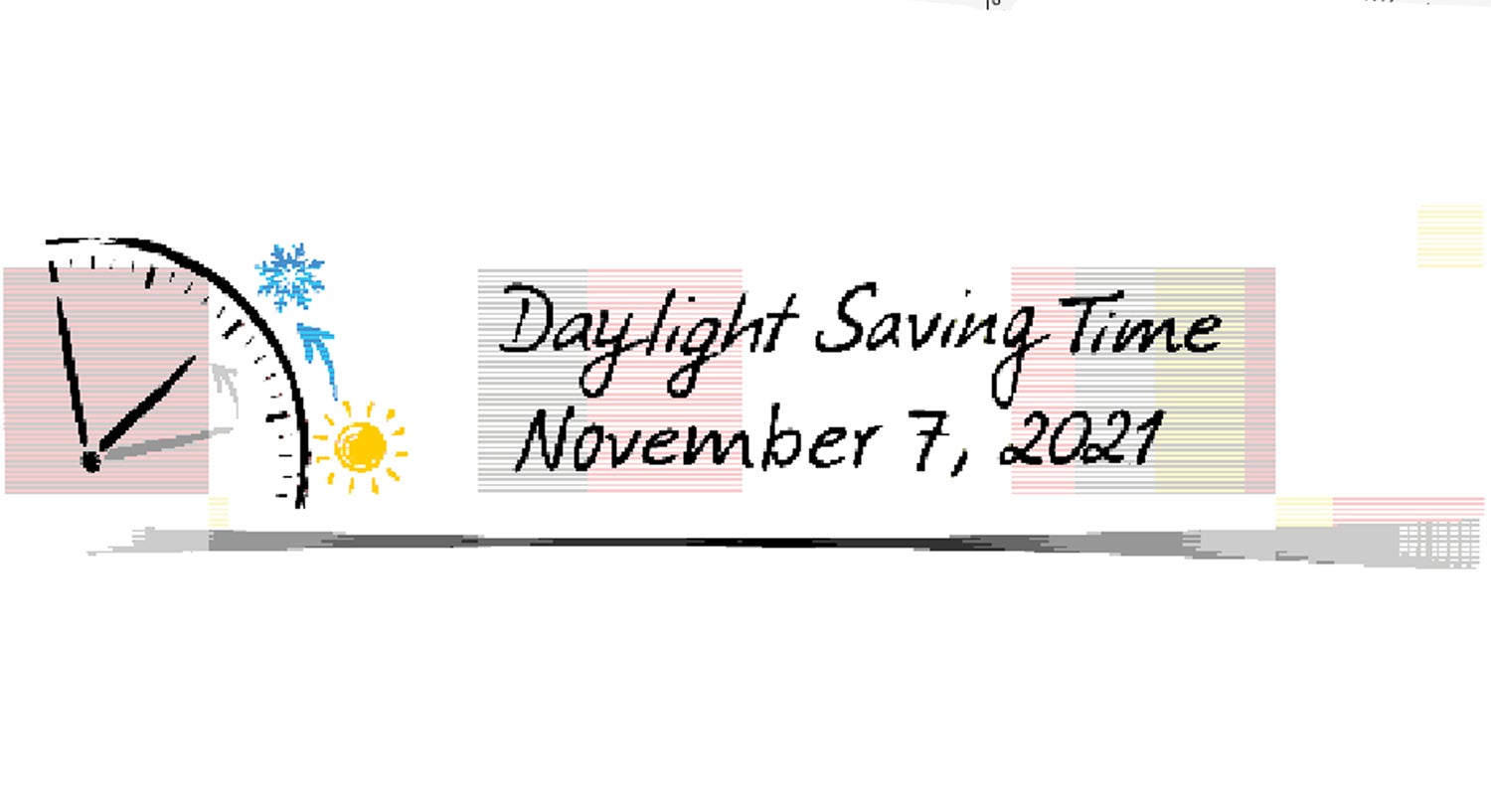Tips for when the clock falls back
Published 12:00 am Saturday, November 6, 2021
Sunday is the end of daylight saving time
COLUMBUS — The end of daylight saving time at 2 a.m. on Sunday is a perfect reminder to not only move clocks back an hour, but also test smoke alarms.
State Fire Marshal Kevin Reardon urges all Ohioans to check their home’s smoke alarms regularly and replace when expired.
“We see the life-saving impact properly functioning smoke alarms can have when the worst happens,” Reardon said. “Working smoke alarms save lives, cutting your risk of dying in a house fire in half.”
Along with making sure all smoke alarms have a fresh set of batteries, checking the expiration date is crucial in early fire detection. To find out how old a smoke alarm is, as well as its expiration date, simply look on the back of the alarm where the date of manufacture is marked. The smoke alarm should be replaced 10 years from that date.
Any alarms with a manufacture date of 2011 or earlier should be replaced.
For improved protection, install smoke alarms on every level of the home and inside and outside of each sleeping area. Ohioans are also encouraged to develop an escape plan with two ways out and make sure every family member knows what to do and where to meet outside if the smoke alarm sounds. Taking the time to practice both a primary and secondary escape plan is vital for knowing what to do if a real emergency were to occur.
AAA East Central recommends motorists prepare for potential problems associated with changes in sleep patterns, brighter morning commutes, and darker evening commutes.
“While the extra hour of sleep may feel nice on Sunday morning, the time change can lead to greater risks behind the wheel,” said Lori Cook, safety advisor, AAA East Central. “The time change can affect concentration, attention and decision making, so motorists should take extra precautions in the weeks ahead to avoid putting pedestrians in harm’s way.”
When combined with an earlier dusk, disturbed sleep patterns can become a formula for fatigue-related crashes.
Researchers at Stanford University and Johns Hopkins University have found that the effects of the time change on motorists have been shown to last up to two weeks.
Moreover, the National Sleep Foundation reports that sleep-deprived drivers cause more than 6,400 deaths and 50,000 debilitating injuries on American roadways each year.
Tips for motorists:
• Get plenty of rest. Symptoms of drowsy driving can include having trouble keeping your eyes open, drifting from lanes or not remembering the last few miles driven.
• Watch for deer. November and December are peak months for deer-vehicle collisions. Don’t forget — your clock has changed, but theirs has not.
• Get some shades. Wear high-quality sunglasses and adjust the car’s sun visors as needed to avoid glare in the morning.
• Change driving habits. Reduce speeds and increase following distances, especially in more populated areas.
• Ditch the distractions. This can include cell phones, infotainment systems or clocks that need to be turned back an hour.
• Use the headlights. This can make you more visible to pedestrians in the morning and evening.
• Remember to yield. Pedestrians have the right of way in crosswalks. Also, don’t pass vehicles stopped at crosswalks. Remember to yield the right of way to pedestrians in crosswalks.
Tips for pedestrians:
• Cross only at intersections or crosswalks. Look left, right and left again and only cross when it is clear. Do not jaywalk or cross between parked cars.
• Use the sidewalk. If you have to walk on the road, be sure to walk facing traffic.
• Dress brightly. Wear bright or reflective clothing if you are walking or biking near traffic at night.
• Carry a flashlight.
• Avoid distracted walking. This includes looking at your phone, wearing headphones or listening to music.
• Bike smartly. Bicycle lights are a must-have item for safe night riding, especially during the winter months when it gets darker earlier.






